+962-7983-18423
24/7 Support
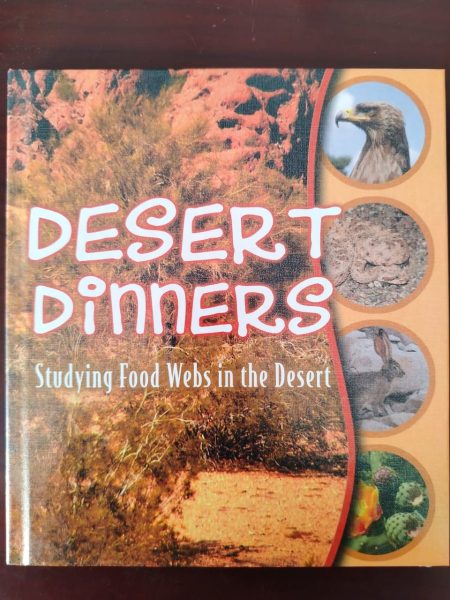
This book educates young readers about the threats facing Bengal tigers and the efforts to protect the
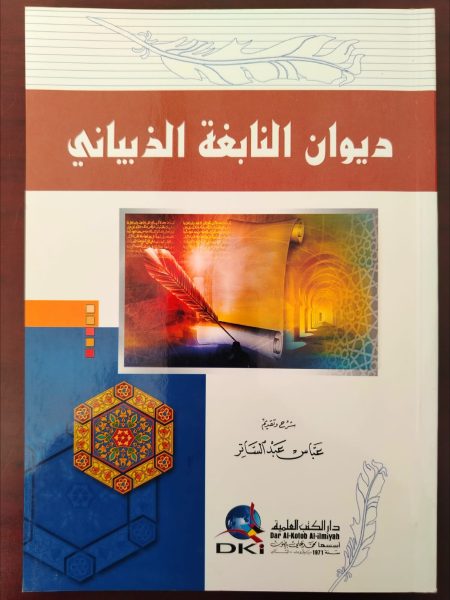
Diwan Al-Nabigha Al-Dhubyani is characterized by pride, wisdom, and flirting, and is considered one of the most important collections of pre-Islamic poetry that reflects the features of chivalry and courage in that era.
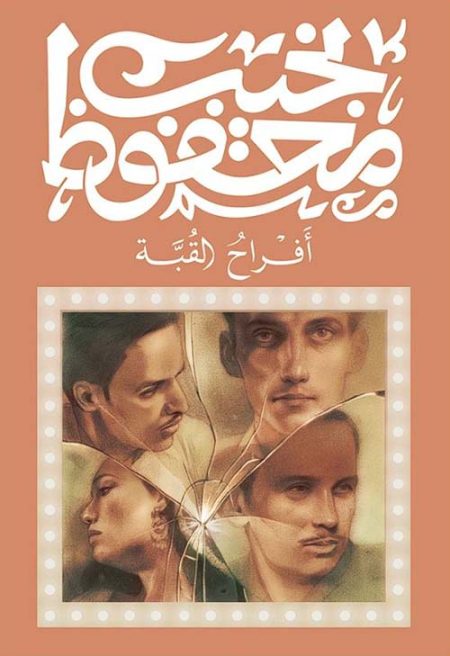
A novel that addresses the issues of internal conflict between social action and personal conscience, through a dramatic plot set in the world of theater, and explores the emotional and human conflicts between the characters.
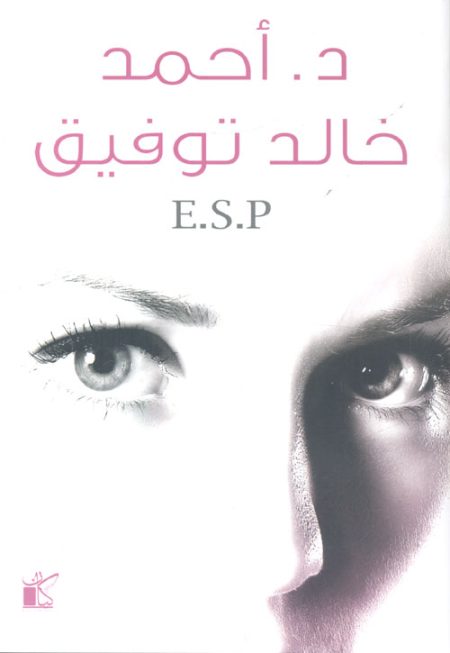
It is a mysterious and exciting novel that mixes science fiction and psychological thriller, as its events revolve around extrasensory perception and its use in solving mysteries and crimes.

A romantic and thought-provoking exploration of love, relationships, and the complexities of human emotions.
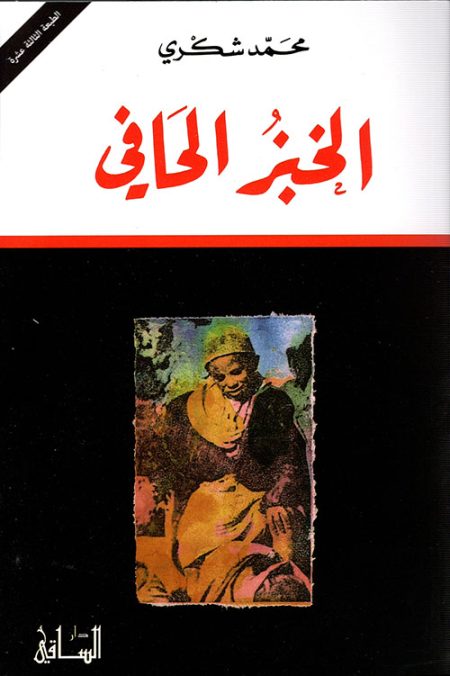
For Bread Alone , al-Khubz al-Hafi) is a controversial autobiographical work by Mohammed Choukri. It was written in Arabic in 1972 and translated into English by Paul Bowles in 1973.[1] In 1980, it was published in French as Le Pain Nu in a translation by Tahar Ben Jelloun. The novel has been translated into 39 foreign languages[2] and adapted into a French graphic novel by Abdelaziz Mouride [fr].[3]
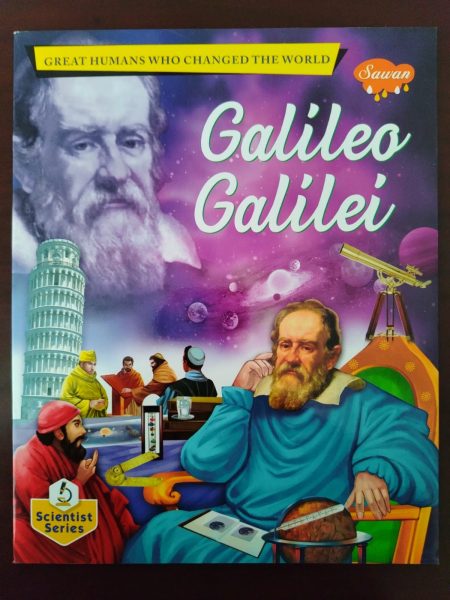
GRET HIMANS WHO CHANGED THE WORLD
Galileo Galilei (1564-1642) was an Italian astronomer, physicist, and engineer, and is known as the “Father of Modern Science”!
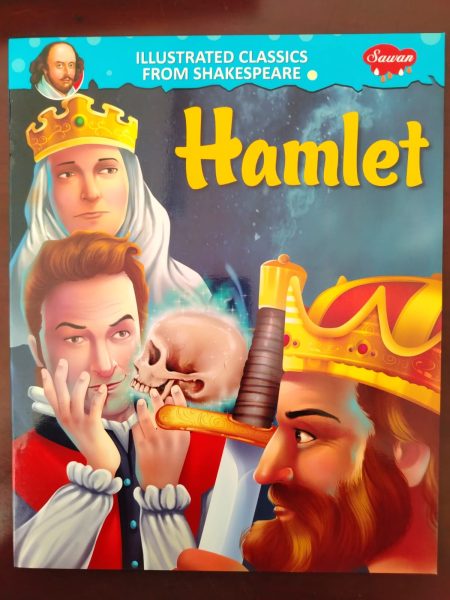
ILLUSTRATED CALSSICS FROM SHAKESPEARE FOR CHILDREN
The Tragedy of Hamlet, Prince of Denmark, often shortened to Hamlet , is a tragedy written by William Shakespeare sometime between 1599 and 1601. It is Shakespeare’s longest play. Set in Denmark, the play depicts Prince Hamlet and his attempts to exact revenge against his uncle, Claudius, who has murdered Hamlet’s father in order to seize his throne and marry Hamlet’s mother. Hamlet is considered among the “most powerful and influential tragedies in the English language”, with a story capable of “seemingly endless retelling and adaptation by others”.It is widely considered one of the greatest plays of all time.Three different early versions of the play are extant: the First Quarto (Q1, 1603); the Second Quarto (Q2, 1604); and the First Folio (F1, 1623). Each version includes lines and passages missing from the others.